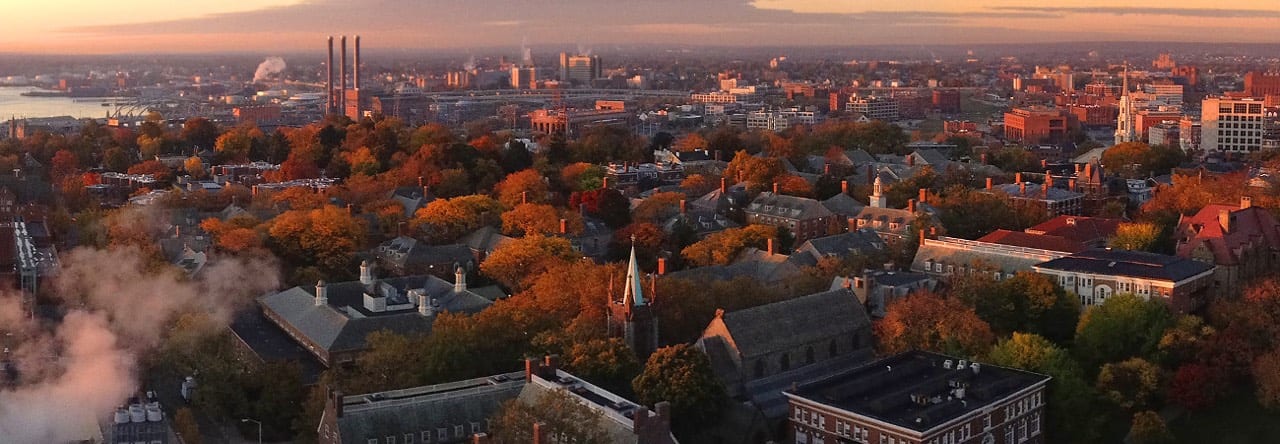In trench 5, we cleared out context 1 (the topsoil) entirely this week! It was quite a job – lots of sweeping. The yellowish hard clay described last week spanned all of the trench, and clearing off the soil thoroughly enough that we could see it everywhere took a good portion of last week’s excavation and all of this week’s. Trench 6 has also been coming down onto the clay in places, but owing in some part to the absolutely absurd amount of roots over there, it’s taken them longer to clear it thoroughly.
This week was a bit frustrating – it feels like we’re waiting to find something interesting, the few scattered nifty artifacts notwithstanding. Starting with tomorrow’s excavation, I’m hopeful that trench 5 will start to encounter evidence of the path to the President’s House. This being my first excavation, I’m not quite sure what to look for, but the notion of uncovering something that was placed there deliberately, instead of just small objects accidentally lost on the grass is really exciting!
I’m starting to appreciate the level of detail in the Roskams text we’ve been reading [Excavation, by Steve Roskams]. I was surprised at how easy it is to get frustrated with the work when we haven’t agreed on an at least somewhat-systematic method of excavation. I found that sweeping all the dirt back from one side of the trench towards the other was most effective, as it’s more efficient to pick up large amounts of dirt in the dustpans at a time. But if someone else was trying to excavate around a large rock, or was troweling more carefully to try to find the boundary between contexts in a certain spot, my technique just ended up getting in their way. Once Catie [our TA] jumped in and gave some suggestions about the right order in which to do things, it got a lot easier.


